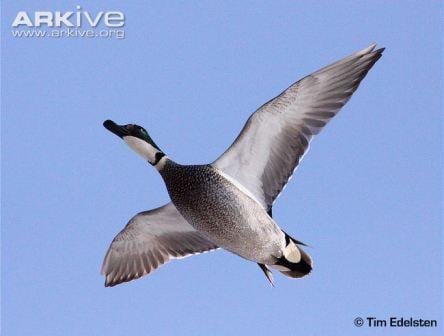Specimen of the Week: Week Ninety-Nine
By Emma-Louise Nicholls, on 2 September 2013
 This is it- the runner up in the top ten specimens at the Grant Museum, and one blog away from the big 1-0-0! In the run up to the 100th blog I have brought you the top ten specimens at the Grant Museum, as voted for by…. me. I employed strict criteria with which to segregate the top ten from the other 67,990 specimens that we have in our care…
This is it- the runner up in the top ten specimens at the Grant Museum, and one blog away from the big 1-0-0! In the run up to the 100th blog I have brought you the top ten specimens at the Grant Museum, as voted for by…. me. I employed strict criteria with which to segregate the top ten from the other 67,990 specimens that we have in our care…
1) It must not be on permanent display, giving you a little behind-the-scenes magic, if you will, as the specimen will then go on display for the week of which it has been named ‘Specimen’. Oh yes. That’s almost as good as our exhibition It Came From The Stores. Almost.
2) It must have at some point in the past made me say ‘woooo’ out loud (given my childlike disposition for expressing wonderment at the world at large, this is not necessarily a hard qualification for the specimen to achieve)
3) I must know (at least in a vague sort of a way) what species the specimen is, as SotW is researched and written within a strict one hour time frame.
With that in mind, the runner up at Number Two, this week’s Specimen of the Week is…
**The duck** (Barewith…)
1) This is not just a duck, this is the dried dissected head showing actual nerves in the bill of an unidentified species, of duck. I’ve included multiple images of the specimen for once, to show you just amazing this one is. It even has a detachable brain, like an Early Learning Centre toy.
2) In this specimen (according to the specimen label) you can see the “corpuscles of Grandy and Herbst”. Don’t worry, I already Googled what that means. Within the ducks’ bill are clusters of small sensory receptors nestled within the bone (apparently called corpuscles of Grandy and Herbst). These are nerve endings which are sensitive to pressure, meaning that the duck can sense objects larger than the surrounding sand grains when its bill is submerged.
3) The brain, pictured here, is currently a tiny, grey, hard lump about the size of a 5 pence piece. Given that it is dessicated (devoid of all fluids), it is slightly smaller than it would have been in life. Labelled by some as ‘intelligent’ and ’emotional’, ducks are certainly not stupid animals. Their intelligence seems to vary from species to species. As per most groups of animal of course.
4) Ducks belong to the group of birds commonly known as waterfowl which include well-known animals such as ducks, geese and swans. Waterfowl have a waterproof plumage and webbed feet, good things to evolve when you spend a lot of time in water. Most waterfowl have a broad, flattened bill as well as a long neck to enable craning their head down to feed underwater. Their plump body gives them buoyancy and a layer of down and a layer of fat both serve to protect them against the cold. And makes them taste good. Inappropriate?

A male falcated duck showing off its flight skills. Image by Tim Edelsten. Image obtained from www.arkive.org.
5) Most waterfowl feed from the surface of the water. Ducks are primarily the divers within the group, whilst geese, swans and screamers prefer grazing on land.They are all very good fliers however, with powerful pectoral muscles enabling several species to undertake incredible journeys (obligatory film reference) of several thousand kilometres. Some species have small wings that need to be flapped constantly to stay in the air whilst other species have large wings on which they can soar and in this way are capable of making ‘long haul’ flights. Some waterfowl, can even reach up to 60 mph. Not just a silly old duck now is it.
Emma-Louise Nicholls is the Museum Assistant at the Grant Museum of Zoology
 Close
Close




